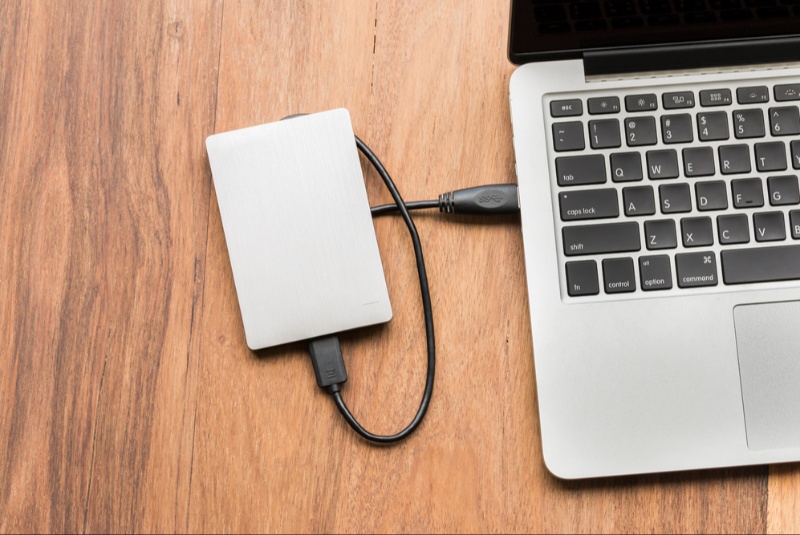A reliable home internet connection is no longer a luxury — it’s a necessity. From remote work and online learning to streaming entertainment and smart home devices, internet usage has become central to daily life. Unfortunately, the monthly cost of internet service can be one of the bigger recurring household expenses. The good news is that there are plenty of ways to save money without sacrificing speed or reliability. With a little research and smart strategies, you can lower your bill and still enjoy seamless connectivity.
Assess Your Real Internet Needs
Many households pay for more internet speed than they actually use. Providers often push premium plans with high download speeds, but unless you’re a heavy gamer, video editor, or running multiple 4K streams at once, you may not need the fastest package. Track your household usage and consider downgrading to a more affordable plan that still meets your needs. This simple adjustment could save $20–$40 per month without noticeably affecting performance.
Shop Around and Compare Providers
Internet prices vary widely between providers, even in the same area. Use comparison tools or check multiple local ISPs to see what’s available. Some providers run promotional rates for new customers, offering significant discounts for the first year. Don’t be afraid to switch if you find a better deal. Even if you’re happy with your current provider, knowing competitor prices gives you leverage when negotiating.
Negotiate With Your Provider
Internet service providers often reserve their best rates for new customers, but existing customers can still negotiate. Call your provider and ask about promotional pricing or loyalty discounts. Mention competitor offers, and you may be able to secure a lower monthly bill. Providers would rather keep a paying customer at a discounted rate than lose you entirely. Scheduling this call once a year can lead to consistent savings.
Eliminate Unnecessary Fees and Add-Ons
Providers sometimes tack on hidden charges for equipment rentals, installation, or services you don’t really need. To save money:
-
Buy your own modem and router. Equipment rentals typically cost $10–$15 per month, which adds up quickly. Purchasing your own gear pays for itself within a year.
-
Skip unnecessary bundles. Phone and cable bundles often look attractive but may increase your overall bill. Only pay for services you actually use.
-
Check for extra fees. Review your bill for small add-ons like security services or cloud storage that you may not need.
Take Advantage of Promotions
Keep an eye out for seasonal promotions or deals aimed at new sign-ups. Black Friday, back-to-school season, or the start of a new year often bring discounted internet packages. Signing up during these periods can lock in a lower rate. If you’re already a customer, call and ask if you can be moved to a current promotion — many providers are willing to make adjustments if you ask.
Bundle Carefully
While bundles can sometimes cost more, they can also provide savings if you actually use the services. For example, combining internet with mobile service may reduce costs compared to paying for each separately. Evaluate bundle options carefully, and only choose them if they align with your actual needs. Bundles are best when they replace expenses you already have, not when they add extra services you won’t use.
Monitor Data Usage
Some internet providers impose data caps and charge extra when you exceed them. Streaming in 4K, large downloads, or gaming updates can eat up bandwidth quickly. If your household frequently goes over the limit, consider lowering video streaming quality or scheduling large downloads for off-peak hours if your provider offers reduced rates. Alternatively, switching to an unlimited plan may be cheaper in the long run than paying repeated overage fees.
Look Into Government Assistance Programs
Many regions offer subsidies to help households afford internet service. In the U.S., programs like the Affordable Connectivity Program (ACP) provide discounts on monthly bills for eligible low-income households. Some ISPs also offer low-cost plans specifically for students, seniors, or families in need. Checking your eligibility could reduce your monthly internet costs significantly.
Consider Prepaid or No-Contract Options
Traditional internet contracts often lock you into high rates. Prepaid or no-contract internet services provide more flexibility and often lower monthly costs. These options are particularly useful if your internet usage is moderate or if you don’t want to commit long-term. While speeds may be slightly lower, the savings can be substantial.
Use Loyalty Programs and Referral Discounts
Some providers offer loyalty rewards or referral discounts when you recommend their service to friends or family. These perks can come in the form of bill credits, free months of service, or discounted upgrades. If you’re happy with your provider, leveraging these programs is a simple way to cut costs without changing your habits.
Optimize Your Wi-Fi at Home
Poor Wi-Fi performance sometimes makes households think they need to upgrade to faster plans. In reality, simple adjustments can improve connectivity without extra costs:
-
Place your router in a central location for better coverage.
-
Use Wi-Fi extenders if you have a large home.
-
Keep your router updated and reboot it regularly for optimal performance.
By improving your setup, you avoid unnecessary upgrades to more expensive plans.
Cut the Cord and Use Streaming Services Wisely
Many people still pay for expensive TV and phone bundles tied to their internet package. Cutting the cord and switching to streaming services can save hundreds of dollars annually. Be selective, though — subscribing to multiple platforms can add up quickly. Rotate subscriptions month by month to enjoy different content without overspending.
Home internet is an essential utility, but it doesn’t have to be one of your most expensive bills. By assessing your actual needs, shopping around, negotiating with your provider, and eliminating unnecessary fees, you can significantly reduce costs. Taking advantage of promotions, optimizing your Wi-Fi setup, and exploring assistance programs add even more opportunities for savings. With these strategies, you can enjoy fast, reliable internet service without straining your budget — proof that staying connected doesn’t have to mean overspending.




